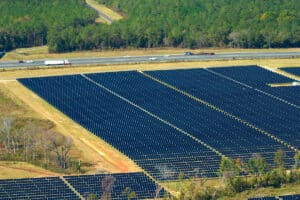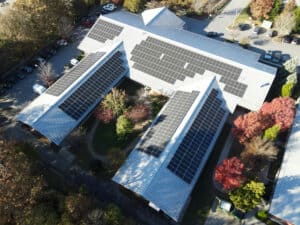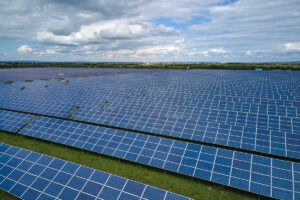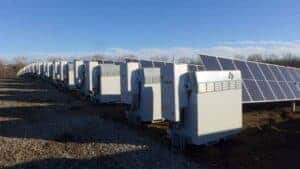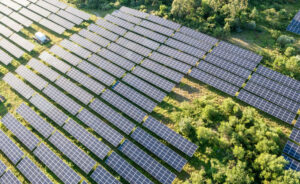Solar energy, in combination with solar tax equity, is one of the most promising alternative energy sources that can help reduce our reliance on fossil fuels. With the increasing demand for clean energy, the demand for solar energy has grown in recent years, leading to a significant increase in the number of solar projects.
What are Solar Tax Equity Funds?
Solar tax equity funds are investment vehicles that provide financing to solar energy projects. The funds are created by investors who want to invest in renewable energy and take advantage of tax incentives and benefits that come with it. These funds work by pooling money from investors and using it to finance solar projects. The funds are structured in a way that the investors can take advantage of tax benefits, including the investment tax credit (ITC) and other tax incentives offered by the government.
Read: How the Solar ITC Direct Pay Program Benefits Tax-Exempt Organizations
How Solar Tax Equity Funds Work
The process of investing in a solar tax equity fund is quite straightforward. Investors pool their money into the fund, which is then used to finance solar energy projects. The fund’s managers then use the money to purchase solar energy equipment, such as solar panels, inverters, and other necessary components. Once the projects are completed, the solar energy equipment is sold to the end users, typically through a power purchase agreement (PPA). The funds are then used to repay the investors, with any remaining profits going to the fund’s managers.
Read: 3 Benefits of Corporate Solar PPAs
The Benefits of Solar Tax Equity Funds
Solar tax equity funds offer a number of benefits to both investors and solar project developers. For investors, the funds offer a way to invest in renewable energy and take advantage of tax incentives and benefits. These funds also provide investors with an opportunity to diversify their portfolios and reduce their exposure to traditional fossil fuel investments.
For solar project developers, solar tax equity funds offer a way to secure financing for their projects. This financing can be crucial in helping developers complete their projects and bring them to market. Solar tax equity funds can also help to reduce the risk associated with solar projects, as the funds provide a source of financing that is less dependent on traditional sources of funding, such as banks and other financial institutions.
Read: Solar ITC Extension Through 2023
The Risks of Solar Tax Equity Funds
While solar tax equity funds offer a number of benefits, there are also some risks associated with them. One of the main risks is that the funds may not generate the expected returns. This can happen if the projects do not perform as expected, or if the tax benefits and incentives are not as generous as expected.
Another risk is that the funds may not be able to secure financing for their projects. This can be due to a lack of interest from investors, or because the projects are not seen as being attractive investments. In this case, the funds may not be able to complete their projects, which can result in a loss of investment for the investors.
Interested in financing your energy project?
Solar tax equity funds are an important tool for financing solar energy projects, offering a number of benefits to both investors and solar project developers. At EnergyLink, we present a team of experts in the design, build and funding processes of energy projects. Let us guide you through the potential economic impact of your project, project cash flow and other useful data points to inform your project decisions. Click the button to get started, or speak to an expert at (866) 218-0380. Interested in staying up-to-date on all the latest energy industry news? Click the link below to join our bi-weekly newsletter.

